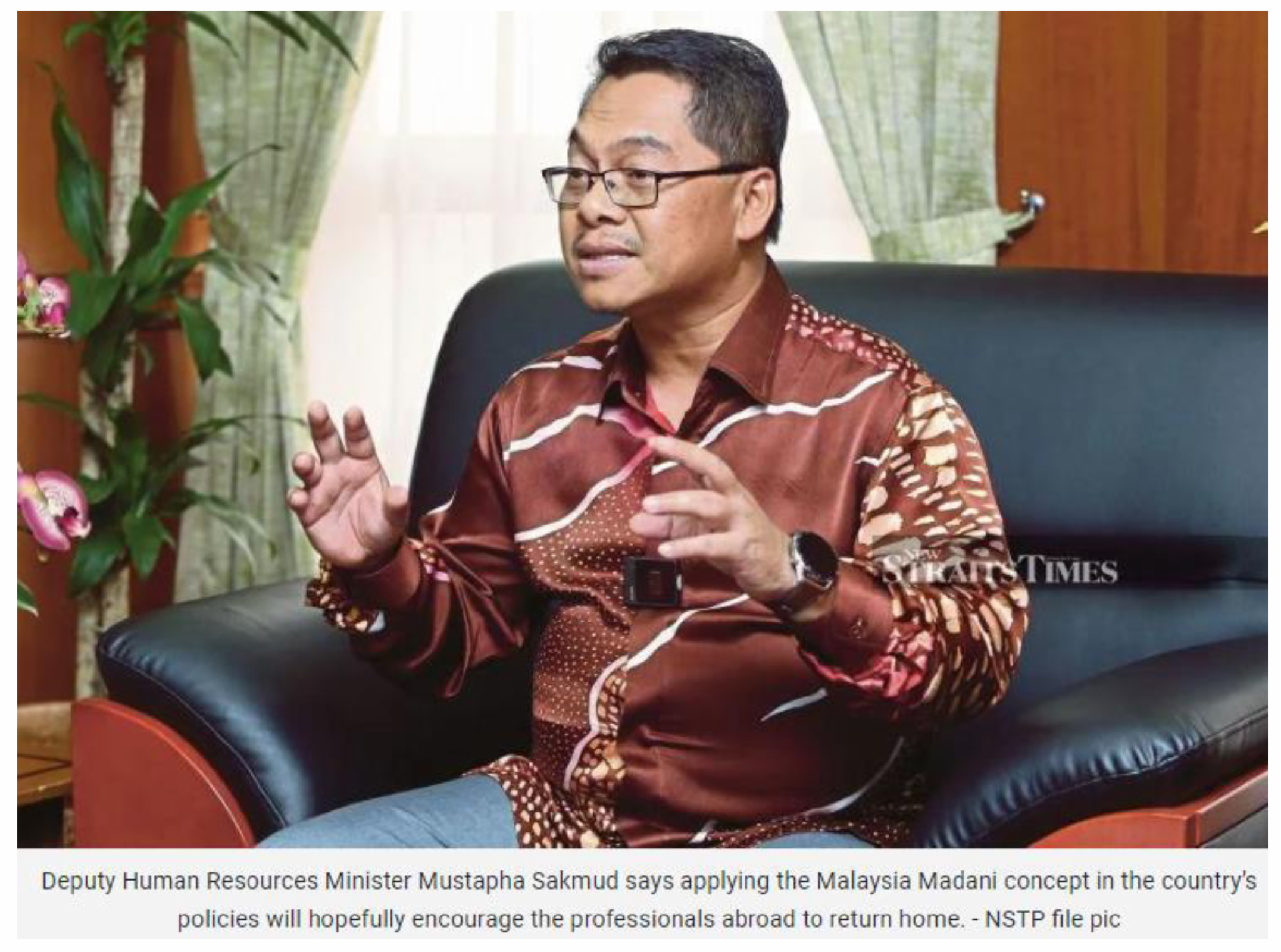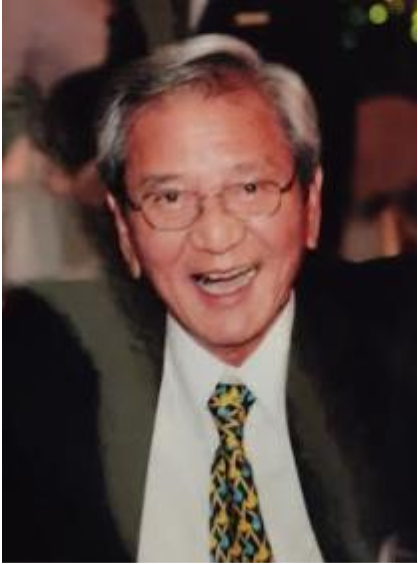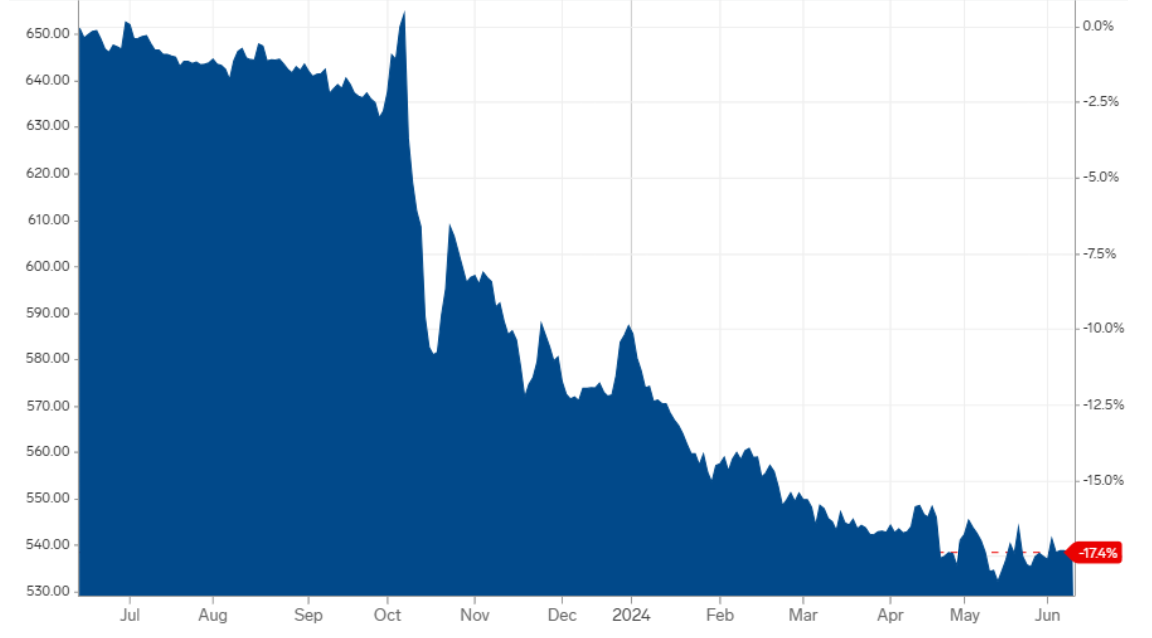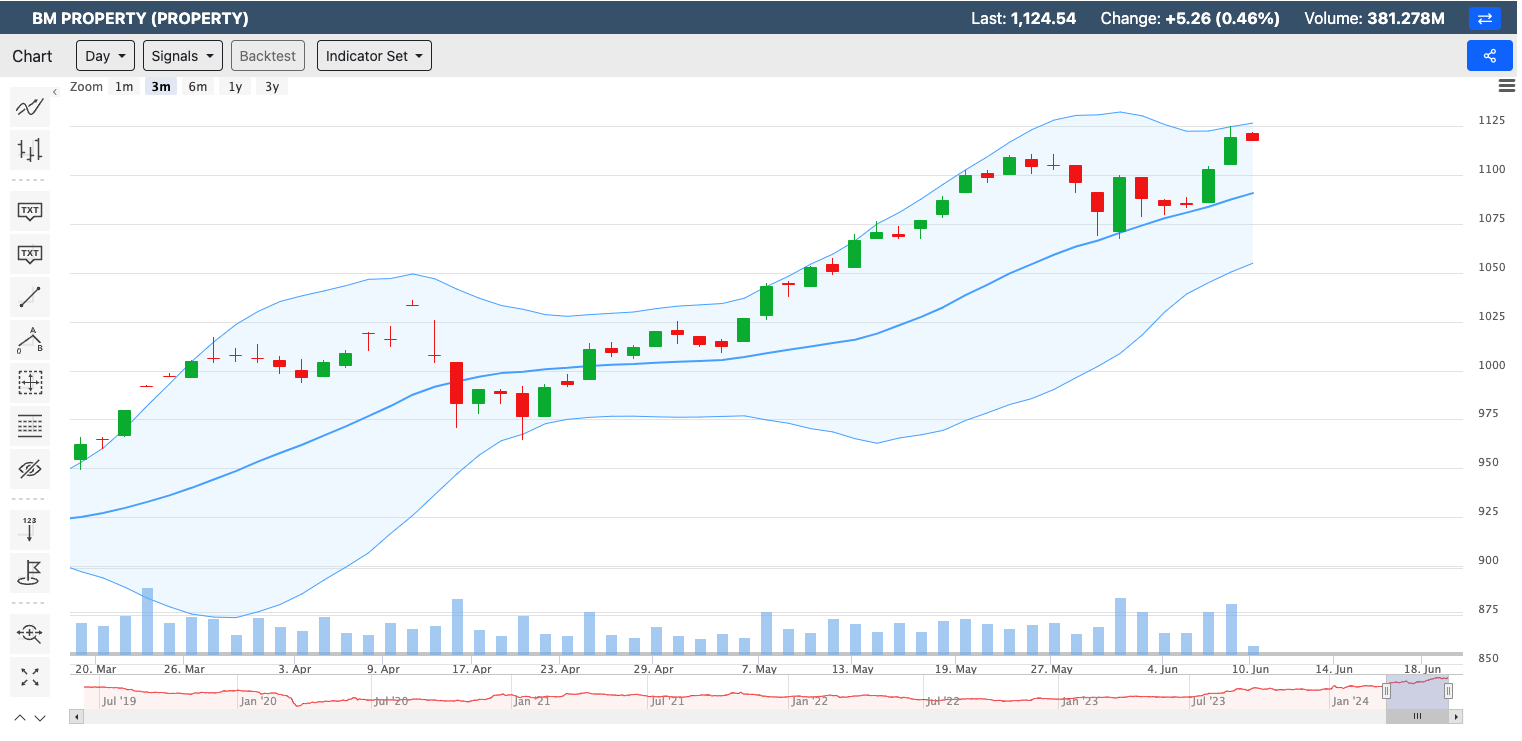Can China pose a threat to global supply of Rare Earths? Koon Yew Yin
Koon Yew Yin
Publish date: Sun, 25 Apr 2021, 07:29 AM
Since not many people know about rare earths, I am happy to share my knowledge with you. I am not encouraging you to buy the Chinese Rare Earths listed companies which are making more and more profit due to the shortage of supply of rare earths.
What are rare earths?
There are 17 minerals classified as rare earths namely Celum, Dysproslum, Europlum, Lanthanum, Neodymlum, Preseodymlum. Terblum, Yttrium, etc.
What are the uses of Yttrium?
Rare earths are indispensable to the manufacturing of smartphones, electric vehicles, military weapon systems, and countless other advanced technologies.
Yttrium is often used as an additive in alloy. It increases the strength of aluminium and magnesium alloys. It is also used in the making of microwave filters for radar and has been used as a catalyst in ethene polymerisation. Yttrium-aluminium garnet (YAG) is used in lasers that can cut through metals. There also are a multitude of electronic applications, but oxygen sensors are an especially important use." Yttrium is widely used to produce phosphors that are used in cell phones and larger display screens as well as general lighting.
My involvement in rare earth business
In 1965 my Collegemate, Yap Lim Sen and I co-founded Beh Minerals Sdn Bhd which produced rare earths for export. Let me explain how we recovered rare earths from the tin tailings waste which is called Amang. There are many types of minerals in Amang. Yttrium Oxide is the most valuable. We separated Yttrium Oxide from the Amang by magnetic roller separator. We adjust the magnetic power of the roller magnetic separator to attract Yttrium Oxide.
Colour television
At that time, all the television screens were black and white. The Japanese started to produce colour televisions with Yttrium. We sold our Yttrium oxide at US $40 an ounce to Mitsubishi Chemical and made a lot of money. The Japanese used acid to remove the oxide to get pure Yttrium. This process created nuclear waste which could cause cancer. As a result, the Japanese Government forbit this process in Japan. Mitsubishi join venture with us and formed a company called “Malaysian Rare Earth” in Bukit Merah, Perak about 15 km from Ipoh.
Soon after we started the business, the Malaysian Government also stopped our operation. As a result, we lost Rm 10 million and we sued Mitsubishi for misleading us because Mitsubishi Chemical is a world renown chemical company and we did not know about this industry. The High Court passed judgement in our favour and we receive Rm 10 million reimbursement.
China is the largest rare earth producer in the world.
As China’s economy has developed over the last several decades, its leaders have sought to transform the country into a key player in strategically important industries. Toward this end, Beijing has established China as the dominant global supplier of rare earths, a collection of 17 minerals that are indispensable to the manufacturing of smartphones, electric vehicles, military weapon systems, and countless other advanced technologies.
Beijing has demonstrated a willingness to leverage its weight in the global rare earth industry in pursuit of its political objectives, raising alarm bells in several major countries.
The Global Marketplace for Rare Earths
The global rare earths trade is relatively small compared to other commodities. In 2019, the value of worldwide rare earth imports stood at just $1.15 billion. The total value of goods produced using rare earths, however, is immense. Each Apple iPhone, for example, relies on multiple rare earth elements. Neodymium is used to make tiny, yet powerful, magnets that allow iPhone speakers to function. Europium is used in trace amounts to produce red colours on screens, and cerium is used to polish the phones during the manufacturing process. During the 2019 fiscal year, Apple sold $142.4 billion worth of iPhones.
China is the largest Rare Earth producer
The process of mining rare earths and transforming them into usable materials is expensive and damaging to the environment. For years, Beijing exploited its relatively low-cost labour force and lax environmental laws to gain a competitive edge in the global market and become the leading supplier of rare earths.
From 2008 to 2018, China exported nearly 408,000 metric tons of rare earths, which amounted to 42.3 percent of all rare earth exports over the period. The other 4 exporters are United States 9.3 percent of the global total. Malaysia (9.1 percent), Austria (9.0 percent), and Japan (7.1 percent).
More articles on Koon Yew Yin's Blog
Created by Koon Yew Yin | Jul 22, 2024
Recently one smart accountant pointed out to me that KP Property has millions of Redeemable Convertible Preference Shares (RCPS). This will affect its share price. I sold all my KPP shares to buy KSL.
Created by Koon Yew Yin | Jul 15, 2024
Currently Bahasa Melayu is taught in all Government sponsored schools. Bahasa Melayu is only good within Malaysia. All our overseas customers do not know Bahasa Melayu. I hope all our politicians...


Created by Koon Yew Yin | Jul 09, 2024
Created by Koon Yew Yin | Jun 28, 2024


























gorengkitty
Uncle... one word pun takde cakap ttg Lynas, takut ke ni... ?
2021-04-25 17:02